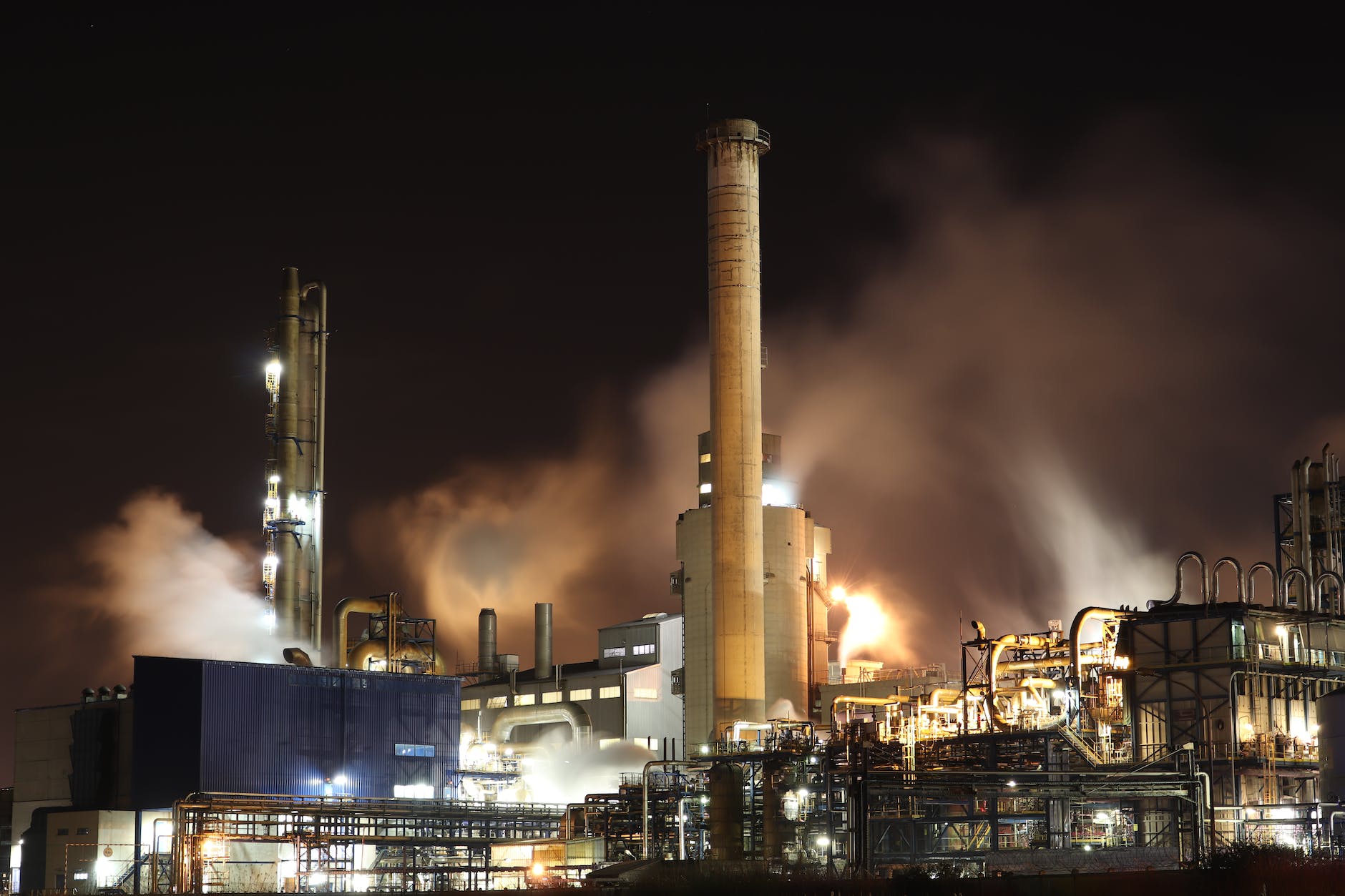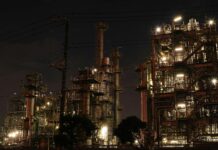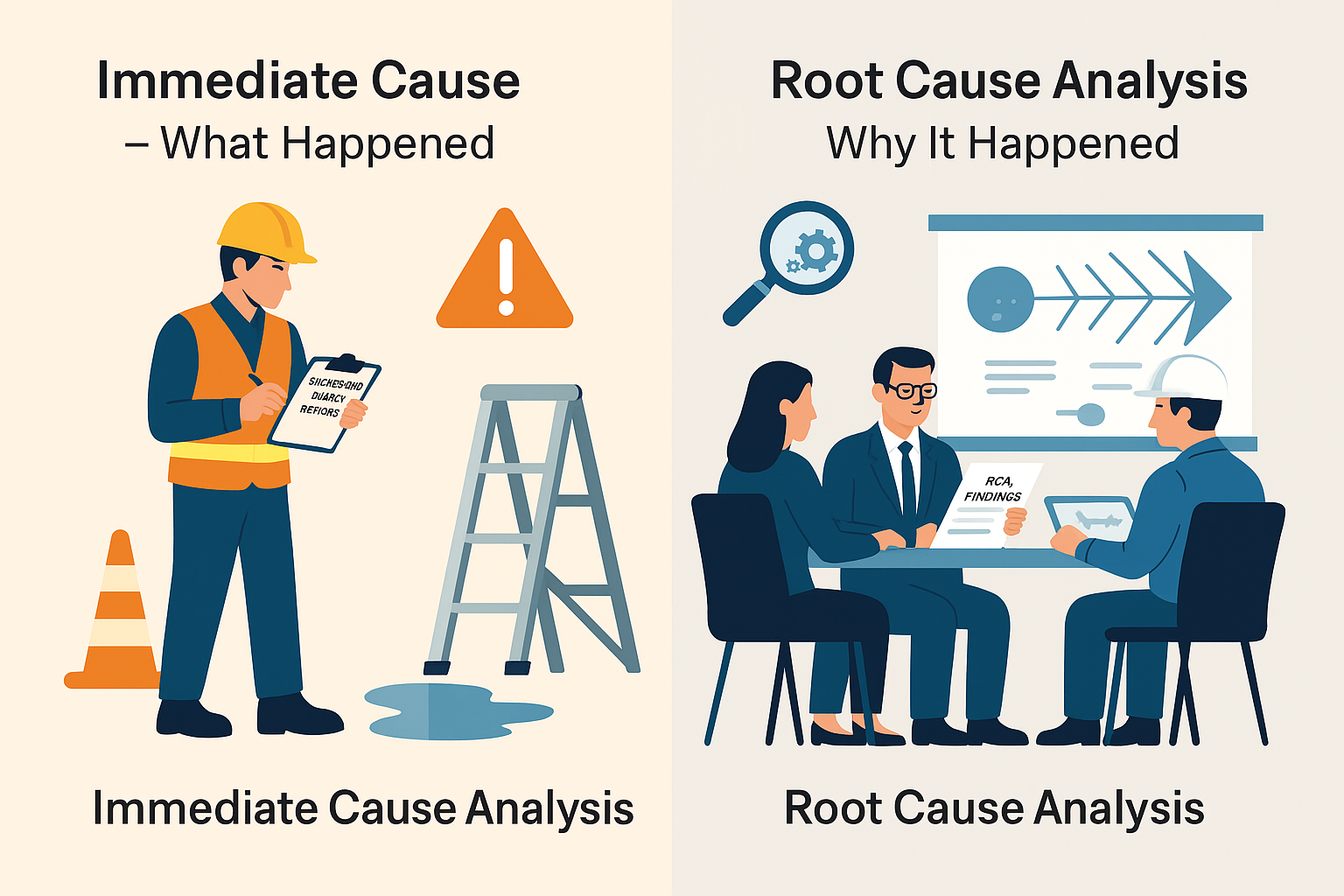
General Safety in the Oil and Gas Industry
The oil and gas industry, while vital for global energy needs, operates in environments fraught with potential hazards. Ensuring safety in this sector is paramount not only for the well-being of the workforce but also for environmental protection and sustained operations.
Importance of Safety Protocols
Understanding the Risks
The first step towards ensuring safety in oil and gas is comprehending the diverse risks involved. From drilling operations to transportation, each phase poses unique challenges, including high-pressure equipment, flammable materials, and hazardous substances.
Regulatory Compliance
Government regulations and industry standards play a pivotal role in maintaining safety. Adherence to protocols outlined by regulatory bodies mitigates risks and fosters a culture of responsibility within companies.
Common Safety Hazards in the Oil and Gas Sector
Equipment Failure
Malfunctioning machinery and equipment pose significant threats. Regular maintenance and stringent quality checks are crucial to prevent accidents caused by mechanical failures.
Chemical Exposure
Exposure to harmful chemicals is a constant concern. Implementing proper handling procedures and providing protective gear are essential to minimize health risks for workers.
Fire and Explosion Risks
The potential for fires and explosions is inherent in oil and gas operations. Implementing strict protocols and investing in fire suppression systems are critical preventive measures.
Safety Measures and Best Practices
Personal Protective Equipment (PPE)
Equipping workers with appropriate PPE significantly reduces the likelihood of accidents. Helmets, gloves, goggles, and fire-resistant clothing are among the essential gear provided.
Rigorous Training Programs
Thorough training programs ensure that employees are well-prepared to handle emergencies and operate machinery safely. Regular drills and skill enhancement workshops are integral to this process.
Emergency Response Planning
Developing comprehensive emergency response plans is imperative. Quick and effective responses to unforeseen events can mitigate potential damage and save lives.
Safety in the oil and gas industry is of paramount importance due to the hazardous nature of the work involved. Here are some key aspects of general safety in this industry:- Training and Education: Proper training programs should be in place for all personnel involved in oil and gas operations. This includes understanding safety procedures, emergency protocols, and handling of specialized equipment.
- Personal Protective Equipment (PPE): Workers should be equipped with appropriate PPE such as helmets, gloves, goggles, fire-resistant clothing, and respiratory protection to minimize exposure to hazards like chemicals, fire, and extreme temperatures.
- Risk Assessment and Management: Regular risk assessments should be conducted to identify potential hazards and implement measures to mitigate risks. This includes measures to prevent fires, explosions, and other accidents.
- Equipment Maintenance: Regular maintenance and inspection of machinery, pipelines, and equipment are crucial to prevent leaks, spills, or malfunction that could lead to accidents.
- Emergency Response Planning: Having well-defined emergency response plans and conducting drills regularly ensures that workers know how to respond in case of accidents, fires, or other emergencies.
- Environmental Protection: Measures should be in place to minimize the environmental impact of oil and gas operations, including spill containment and cleanup procedures.
- Regulatory Compliance: Adhering to local and international safety standards and regulations is essential to ensure a safe working environment.
- Behavioral Safety: Encouraging a safety-conscious culture among workers, where everyone feels responsible for their safety and the safety of their colleagues, is vital.
- Health Monitoring: Regular health check-ups and monitoring should be provided to workers exposed to hazardous substances to detect and prevent long-term health issues.
- Continuous Improvement: Regular reviews, analysis of incidents (if any), and feedback mechanisms help in improving safety protocols and procedures.
Safety in the oil and gas industry is a collaborative effort involving all stakeholders, including workers, management, regulators, and communities. By prioritizing safety measures and a proactive approach, the risks associated with this industry can be significantly minimized.Technological Innovations for Safety Improvement
Monitoring Systems
Advanced monitoring systems aid in detecting abnormalities in equipment or operations, allowing for preemptive measures to prevent accidents.
Automation in Hazardous Areas
Deploying automated technologies in high-risk areas minimizes human exposure to danger, enhancing overall safety.
Impact of Safety Practices on Industry Operations
Efficient safety practices not only safeguard lives but also contribute to operational efficiency. Reduced downtime due to accidents and improved employee morale positively impact productivity.
Collaboration for Safety Enhancement
Industry-wide collaboration and knowledge sharing foster a culture of continuous improvement in safety standards, benefiting all stakeholders.
Conclusion
Prioritizing safety in the oil and gas industry is indispensable. By embracing evolving technologies, stringent protocols, and a collective commitment to safety, the industry can mitigate risks and create a secure working environment.
Types of Work Permits and Certificates Used in ADNOC as per WMS
How to Become a Successful Job Performer in ADNOC
FAQs
- Why is safety crucial in the oil and gas industry? Safety ensures the well-being of workers and safeguards against environmental disasters, fostering sustainable operations.
- How can companies improve safety measures? Companies can invest in regular training, modern technologies, and robust emergency response plans to enhance safety.
- What role does regulatory compliance play in oil and gas safety? Regulatory compliance establishes a baseline for safety standards and fosters a culture of responsibility within companies.
- Are there any emerging trends in oil and gas safety? Yes, predictive analytics, robotics, and AI-driven safety protocols are emerging as future trends in enhancing safety measures.
- How does safety impact industry operations? Efficient safety practices reduce downtime, improve productivity, and boost employee morale, positively impacting overall operations.
























